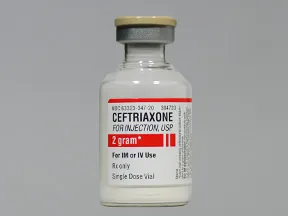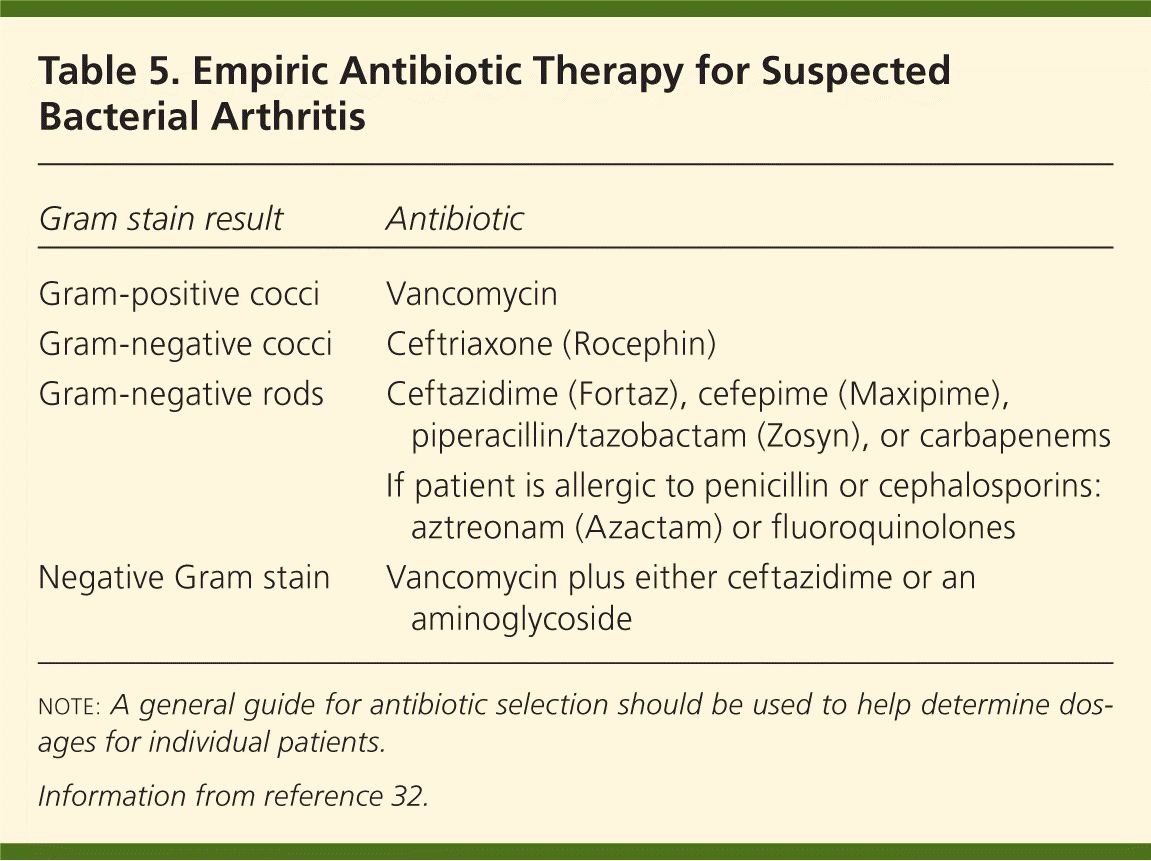

(5) fluroquinolones: ciprofloxacin, moxifloxacin

mild/ moderate: ceftazidine + co-trimoxazole.co-trimoxazole 10mg/kg of sulphamethoxazole, ciprofloxacin.enterocolitica: fluoroquinolone, co-trimoxazole 10mg/kg of sulphamethoxazole.pestis: streptomycin, gentamycin, doxycycline.fluroquinolones: ciprofloxacin, moxifloxacin.> only 90% coverage with penicillin & amoxicillin > not as much cover with amoxicillin-clavulnate, trimethoprim and co-trimoxazole > amoxicillin and penicillin = waste of time nitrofurantoin 100mg QID PO (5-7mg/kg/day).tobramycin 3-5mg/kg/day in 3 divided doses -> monitor.gentamicin 3-5mg/kg LD -> titrate to trough.> aminoglycosides are good agents (gentamicin, tobramycin, amikacin, streptomycin) co-trimoxazole 10mg/kg of sulphamethoxazole.second or third generation cephalosporin.gonorrhoea: piperacillin-tazobactam 4.5g Q8hrly, ceftriaxone.meningitides: vaccination, penicillin G or ceftriaxone, rifampicin (prophylaxis).Systemic lupus erythematosus (particularly with functional hyposplenism) Increased risk of fungal (most commonly Candida) and pneumococcus infections Oligoarticular (also called polyarticular) Increased risk of fungal infection (most commonly Candida), Pseudomonas, and Escherichia coli Southwestern United States, Central and South America (primary respiratory illness) Nocardia species, Pantoea agglomerans, Sporothrix schenckii Tenosynovial component in hands, wrists, or ankles Increased risk of gram-negative infectionsĬoagulase-negative staphylococci, Pseudomonas species, Pneumococcus species Pseudomonas aeruginosa, Staphylococcus aureus Ingestion of unpasteurized dairy productsĪxial joints, such as sternoclavicular or sacroiliac joint 46 – 48Įxpert opinion and consensus guideline systematic reviews for dental and gastrointestinal proceduresĬapnocytophaga species, Pasteurella multocidaĮxposure to soil or dust containing decomposed wood (North Central and Southern United States) In patients with joint replacements, prophylactic antibiotics are not recommended to prevent joint infection for routine outpatient dental, urologic, or gastrointestinal procedures. aureus should be treated with drainage or debridement and 14 days of intravenous antibiotics followed by oral antibiotics, totaling three to four weeks of therapy. Septic arthritis caused by methicillin-resistant S. Large cohort study evaluating six weeks of therapy that was started within one week of surgery and/or treatment with intravenous antibiotics Oral antibiotics are not inferior to intravenous antibiotics for treatment of septic arthritis. Initial empiric antibiotic therapy for adults with septic arthritis should cover Staphylococcus aureus and Streptococcus species. 4Įxpert opinion and consensus guideline in the absence of clinical trials Consideration for microorganisms such as Neisseria gonorrhoeae, Borrelia burgdorferi, and fungal infections should be based on history findings and laboratory results.īefore initiating antibiotic therapy in patients with suspected septic arthritis, analysis of synovial fluid obtained through arthrocentesis should be performed, including Gram stain, cultures, white blood cell count with differential, and crystal analysis. Total duration of therapy ranges from two to six weeks however, certain infections require longer courses. Oral antibiotics can be given in most cases because they are not inferior to intravenous therapy. After synovial fluid has been obtained, empiric antibiotic therapy should be initiated if there is clinical concern for septic arthritis. Staphylococcus aureus is the most common pathogen isolated in septic arthritis however, other bacteria, viruses, fungi, and mycobacterium can cause the disease. History and Gram stain aid in determining initial antibiotic selection. Synovial fluid studies are required to confirm the diagnosis. Physical examination findings and serum markers, including erythrocyte sedimentation rate and C-reactive protein, are helpful in the diagnosis but are nonspecific. A delay in diagnosis and treatment can result in permanent morbidity and mortality.
#Ceftriaxone gram negative rods skin#
Risk factors for septic arthritis include age older than 80 years, diabetes mellitus, rheumatoid arthritis, recent joint surgery, hip or knee prosthesis, skin infection, and immunosuppressive medication use. Septic arthritis must be considered and promptly diagnosed in any patient presenting with acute atraumatic joint pain, swelling, and fever.


 0 kommentar(er)
0 kommentar(er)
